
Subscribe & Follow
#AfricaMonth
In the news
LOOK: 3 local designers have reimagined Constitution Hill's Old Fort

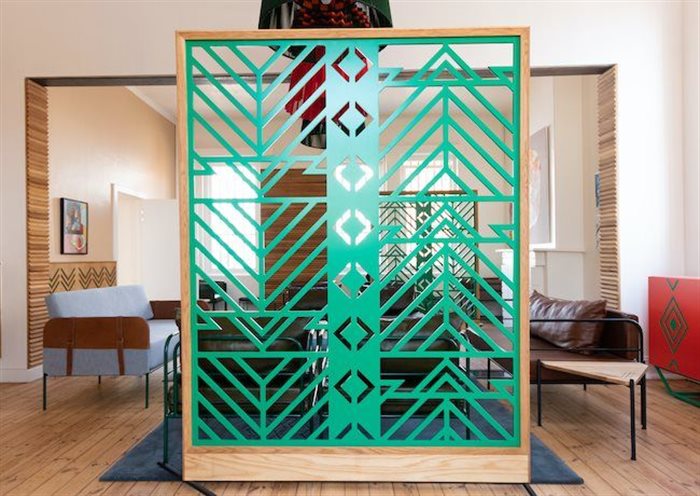
During the struggle, many anti-Apartheid stalwarts served time here, as did tens of thousands of ordinary South Africans. Today, the former prison and military fort serves as a living museum and a venue for exhibitions and other events, as well as being the home of the country’s Constitutional Court.
With the redesign of the Old Fort Meeting Rooms and Coffee Shop - which are now filled with furniture and lighting from some of the most innovative young South African designers - it has also become a window into the present as well as the future of local design.
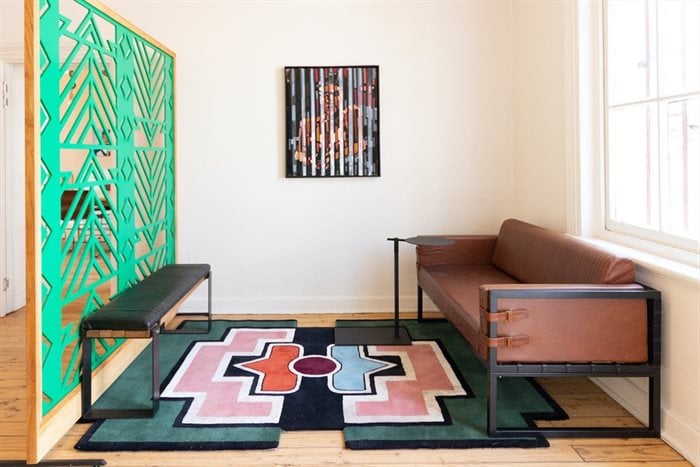
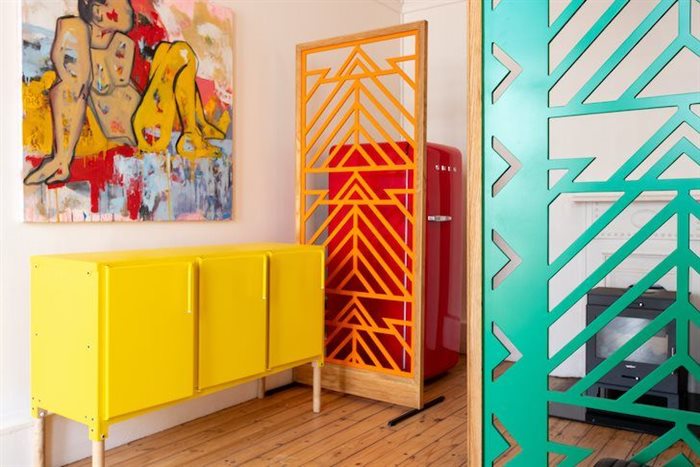
Developing and growing emerging interior designers
“The Meeting Rooms present an opportunity to incorporate the particular aesthetic of South African design, artistic culture and visual language into the rich tapestry of history at Constitutional Hill. This is also a unique opportunity to develop and grow emerging interior designers that have a strong connection to heritage, and the ability to create sensory experiences,” says Tracy Lee Lynch, creative director of Clout/SA and the Nando’s Design Programme.
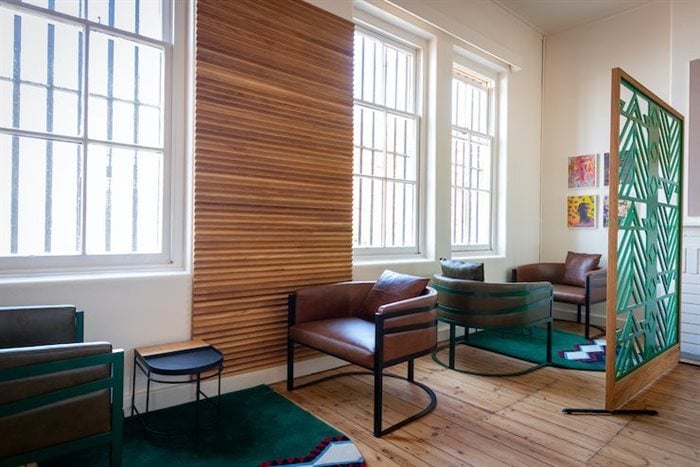
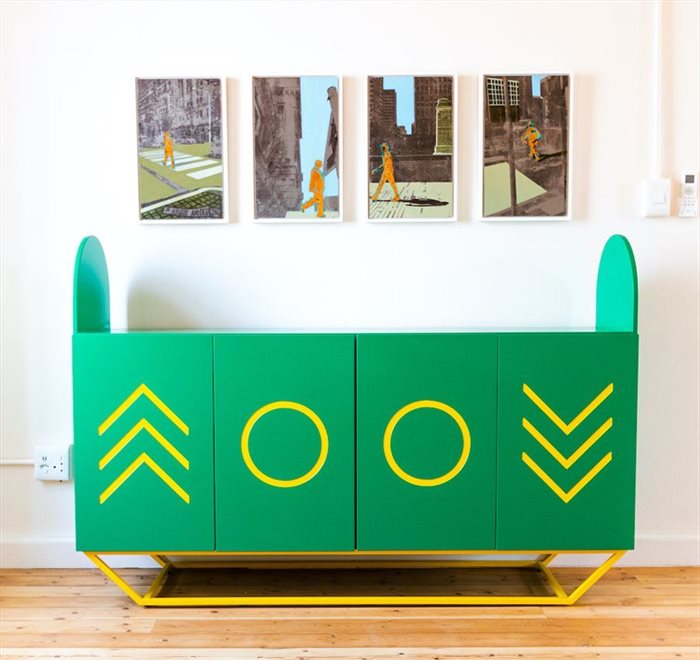
With the support of Nando’s, which funded the initiative as a gift to Constitutional Hill, Lynch nominated three interior designers to pitch proposals for the redesign. Afri Modern founder Sifiso Shange, Pinda Furniture and Interior Design founder Siyanda Mbele, and Renaissance Design founder Glorinah Khutso Mabaso (who invited Omni Design’s Nelson Kubheka to collaborate with her on the pitch) were all asked to put forward their concepts for consideration.
“These selected designers speak a language of rebirth and transformation. They have found new ways of expressing our South African heritage, of making creative connections and building community. Storytelling, art and design are their chosen tools,” Lynch explains.
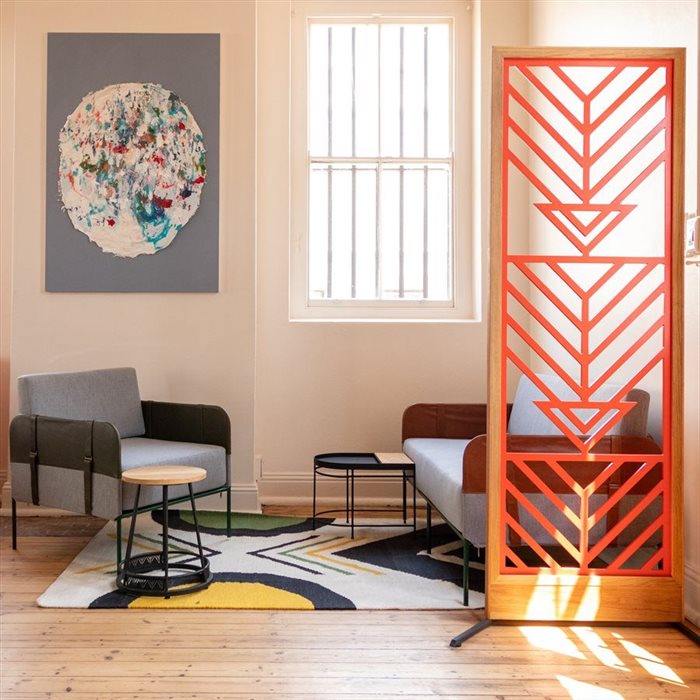
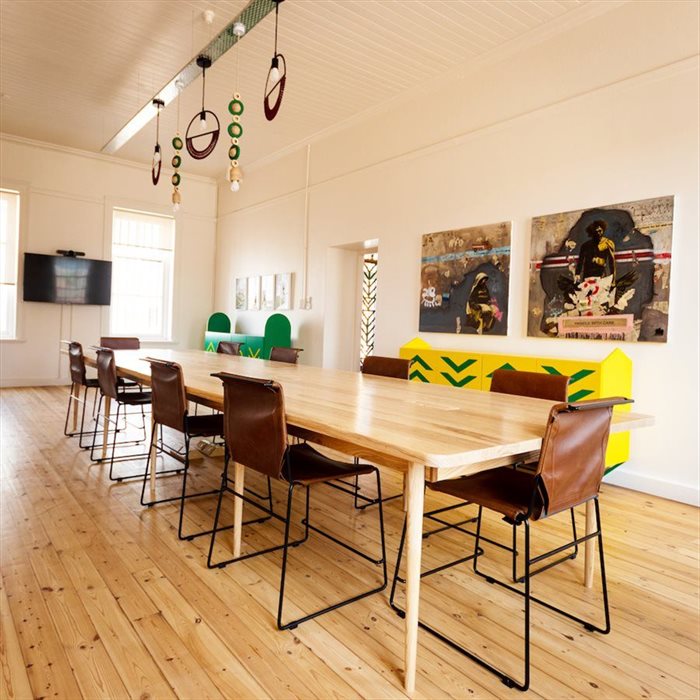
Journey of learning
Beyond being an interior design project, the challenge turned into a journey of learning for the designers, each of whom had to take a deep dive into the history of Constitution Hill, and therefore, the history of South Africa.
“It wasn’t just about designing and putting mood boards together. It was about how to create a conversation and tell a South African story,” Mbele states. “When I started on the research with my team, we were talking about how little we knew about our history until we visited the site… and every time, with each bit of research, we stumbled on something new.”
For Mabaso, the process took on personal significance: “My dad was actually an activist. He was the first vice-president of COSAS… I grew up hearing these stories from him; and it’s the first time now that I’ve interacted with a space that speaks the same language. It became very real.”
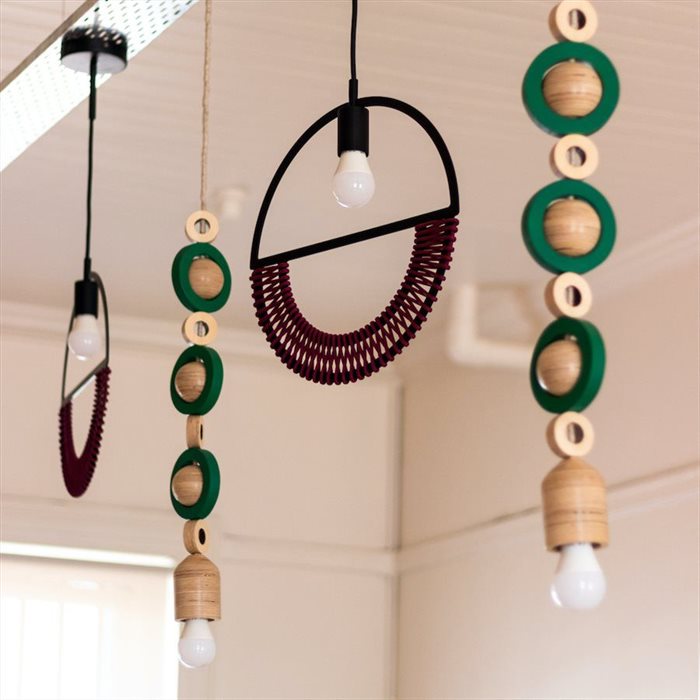
'Centrality and Diversity'
After the pitch process was concluded, Shange’s design, dubbed ‘Centrality and Diversity’, was chosen as the winner. However, all three designers then collaborated to bring ‘Centrality and Diversity’ to life in the space.
“The project itself allowed me to realise so much about the history of our country and where we are today… and the centre of everything was the people themselves,” says Shange.
Related
Transform your home with inspiration from the Johannesburg Homemakers Fair 20 Jan 2025 The cultural blueprint: How to make your office not just look good, but feel right 17 Jan 2025 Nando’s Hot Young Designer 2024 top five finalists announced 11 Sep 2024 The building blocks of great brands 24 Jul 2024 South African Rooibos inspires bold new colour trend for 2024 21 May 2024 Experience the 'phygital' world at Decorex Cape Town 15 May 2024











